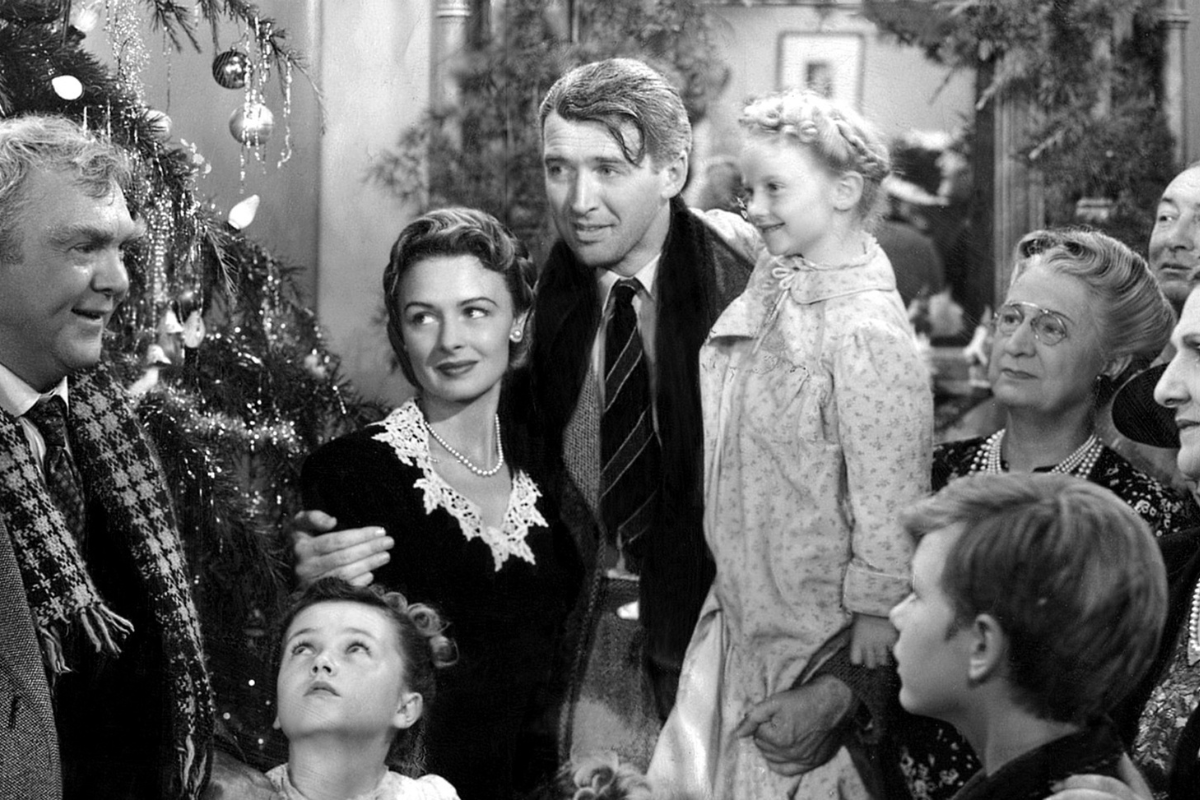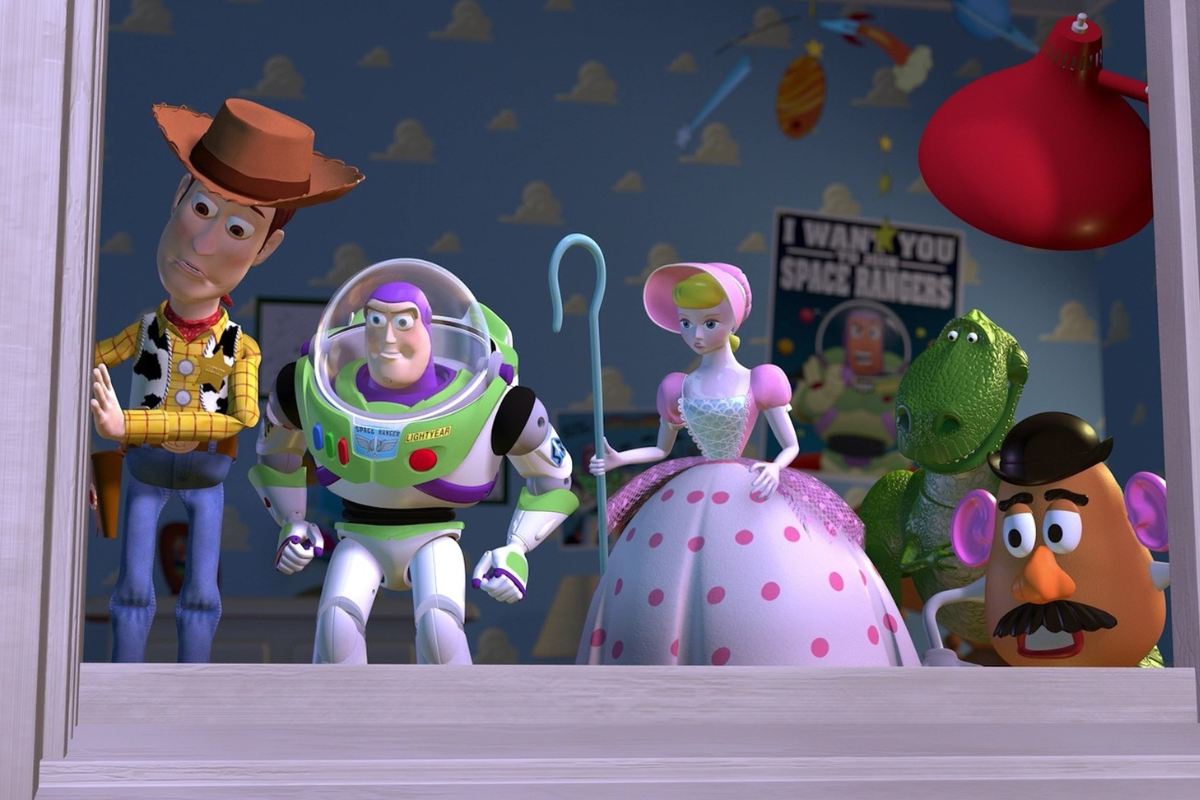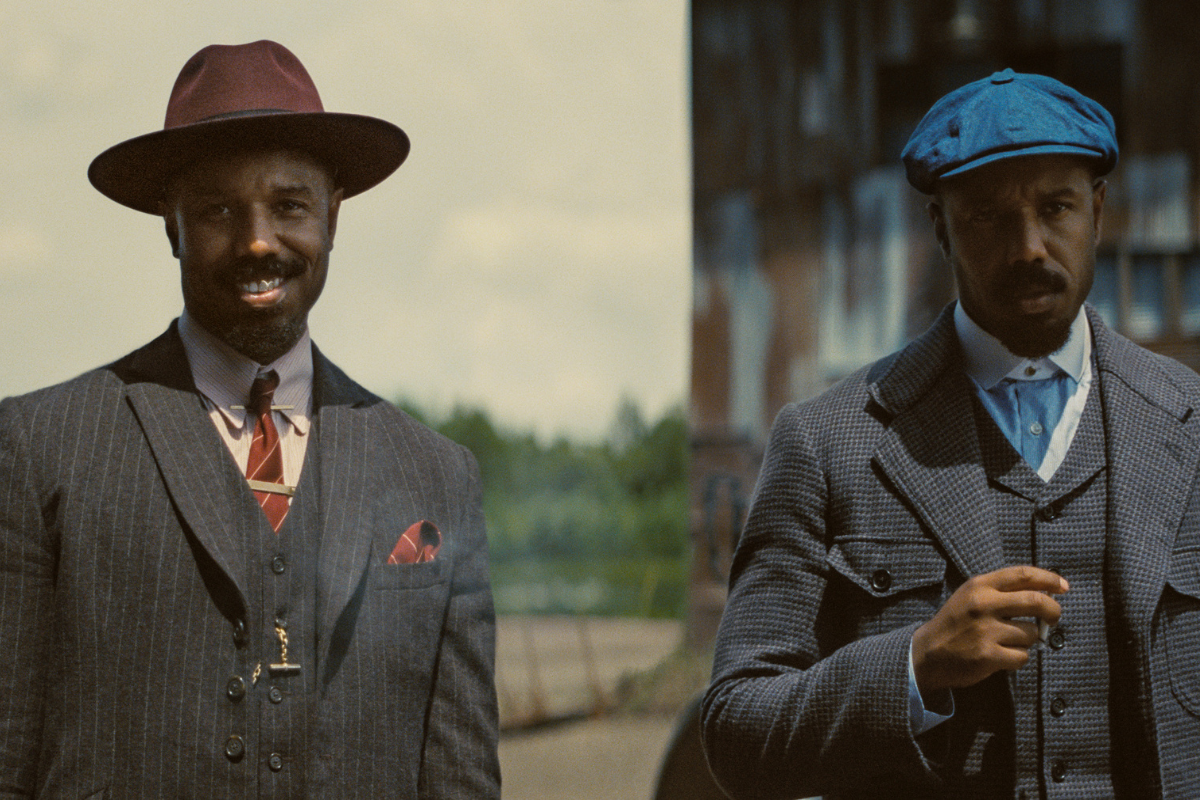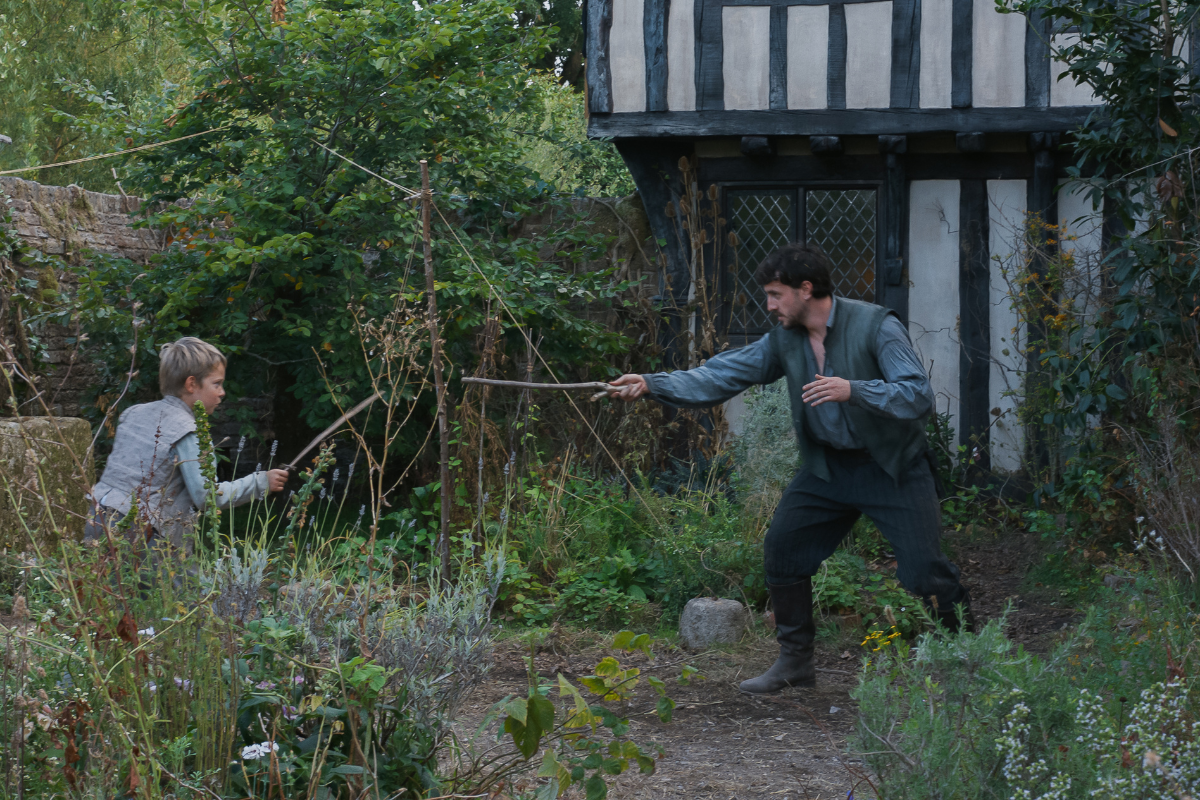BREAKING & ENTERING: The Story Must-Have Checklist
Each story is a new adventure. An Essential Checklist from Barri Evins: Must Haves before you begin to ensure your journey leads to a successful story.
Each story is a new adventure. An Essential Checklist from Barri Evins: Must Haves before you begin to ensure your journey leads to a successful story.
Have you experienced the blend of sheer excitement and utter terror when you set out to begin a new story and have to confront to the blank page?
There’s good reason to feel both exhilarated and nervous. No matter how rapidly you pound away at the keyboard, you’ve got a long trip ahead. Before you start, stop. Take the time to make sure you’ve got what you must have for the smoothest possible journey and to ensure you arrive at your destination.
With each story, writers head into unchartered territory – a world that is utterly new to them. Sounds exciting, but let’s take the metaphor a step further:
Imagine yourself on a visit to a foreign land, far, far away.
You’ve never been there before. You don’t speak the language. You don’t know any locals. You’re not sure of which of the many renowned landmarks are “must sees.” You don’t even have a map to chart your way.
That doesn’t sound like the best possible trip to me. It seems impossible that you would get all that you hoped for from your journey, even if you’ve perused quite a few good guidebooks.
“It’s not the journey, it’s the destination.”
That’s one of those pieces of Conventional Wisdom that sounds wise until you unpack it. It doesn’t matter how you get there; just get there.
I believe the journey matters. And I think you do too. I doubt you want to spend months devoting your precious time and energy to wandering aimlessly. No one wants every single step to be uphill. And getting lost is seldom fun.
Before you head out on your adventure, make sure you’re prepared by packing what you must have for a successful journey.
Personally, I hate packing. I have a vague system. I try to start early. I’m fairly organized. But… I procrastinate. I take more than I need. I put outfits together, try them on, and then rearrange. I struggle to accessorize. At the last minute, I try to cram things into an already bulging suitcase.
Despite my effort and stress, sometimes I arrive only to discover that an item I really wanted or truly needed was left behind. Missing a "Must Have" is a packingfail.
One of my amazing friends who has juggling being a hardworking, successful industry executive with being a wife, mother and active philanthropist, swears by her Master Packing Checklist. Ticking the boxes as you fill the suitcase makes going on any trip a snap.
Flipping the metaphor back, your story is your journey. Let’s get packing!
The Story "Must Have" Checklist:
Checklist Item #1: A Solid Logline
This is the first step. Crafting a solid logline forces you to figure out where you are going. There is no way you can have the right elements at hand without knowing your destination. Once you know where you’re headed, a logline focuses you on the fundamentals of how you are going to get there. Then you can research your trip, learn from others who have been there before you, and figure out what you will need to bring with you.
I work a lot with writers on loglines, from my Free Thumbs Up Or Thumbs Down service to logline and query consults. I find that when writers are having real trouble developing a successful logline, it’s usually because they didn’t craft one at the outset. Now they’re struggling to reverse engineer it. They’re trying to shove it into their suitcase, when it should have been the first thing they packed. Time and again, it’s not a match with the other things in the bag. It simply doesn’t fit.
That’s why I’m making this item first on the checklist. It's a Must Have.
The time you spend on the logline will pay off richly every step of the way.
Checklist Item #2: A Distinctive Hero
The hero is your story’s tour guide. Heroes take readers by the hand, draw us into their world and introduce us to this new place. Your job is to make us want to go on the journey with your hero. Choose the best possible tour guide for the job.
To be willing to head off into the wild with your hero, we need to know who they are. One of the things I like best about working on loglines is that having only a single sentence forces writers to describe their hero in a very few words. You may have dozens of descriptors about your hero. Aim for two juicy adjectives. Rich words that convey a great deal.
Limited to two, how do you pick? There’s no room for extraneous detail. This focuses you on what is essential for us to know about the hero to understand them and, therefore, understand the story. These adjectives should tell us who they are and illuminate their flaw.
Examples of distinctive heroes:
- A brilliant medical engineer on her first space shuttle mission
- A hideous ogre who lives in isolation
- A committed yet reserved female FBI trainee
- A brash, determined single mom with no legal experience
- A hotshot Navy lawyer who has never been in a courtroom
- An aging outlaw and once cold-blooded killer
- An obnoxious, self-centered TV weatherman
I urge writers to focus on the hero’s characteristic that illuminates their flaw. Think of this as the collision between their needs and their desires. Their external goal provides the conflict of the plot. Their flaw is the internal obstacle that stands in their way of achieving the goal.
Checklist Item #3: The Hero’s Arc
Be sure to pack a change for your hero. I’m not talking about what they’re wearing, but how they are changed by the story.
When you have identified your hero’s flaw, you understand how they must change over the course of the story. The character’s arc is a powerful tool. When you know who your hero is at the outset, and how they have changed by the end, you have a key to unlocking the structure of your story. The hero must experience conflicts in the form of events – story beats – that impact them and push them into changing. Because change is never easy. And if it was, stories would be short and dull.
At the outset, weatherman Phil wants to get the girl, but everything about him stands in the way. By reliving Groundhog Day again and again, over time the experiences he has change him profoundly. As a result, he becomes an entirely different and far better person. He is no longer the embodiment of the characteristics that defined him at the beginning – obnoxious and self-centered – and then he gets the girl.
Checklist Item #4: A Theme
This is the next item on the checklist because the hero’s arc illustrates the theme. What your story is about is not plot – it’s the message, the meaning, the point of the story.
Once you’ve defined your hero’s arc, their change illustrates and underscores the message of your movie -- the theme. The overall purpose of this journey. What you want to say that matters enough for you to write it and for us to believe it is worth listening to.
Over the course of the Groundhog Day, Phil gradually learns how to live a good life by being a good person – one who cares about other people. It’s a very far from where he began.
I know many writers like to leave the theme for later, to discover it along the way. But theme elevates story, adds resonance, broadens the audience. It can help you make decisions large and small, every step of the way. And when you're writing a message you believe in, a theme that speaks to you, the entire process is smoother, stronger and more focused. That's why theme makes my Must Haves Checklist.
Checklist Item #5: A Short Pitch
Putting a Short Pitch in your bag has nothing but upside. The key is having each piece work together: title, genre, tone, logline, and a short description of the main conflicts that takes us through the story.
To pitch successfully, you must be able to include both the genre and the tone, so I’m sneaking these crucial elements into your suitcase. More on the difference between genre and tone here.
From my experience sitting on both sides of the desk. Countless writers have pitched to me. And as a producer, iI've taken writers into busters to pitch our projects. The very best pitches sneak one more item into their bag. They hint at the bigger picture – the theme. If you’ve been following the checklist, this will already be in your suitcase, ready to help you stand out from the crowd.
The listener should also be able to tell from your pitch who the audience is for the movie. This is an essential if you are hoping to move your story forward in the marketplace. No audience? No movie.
Checklist Item #6: A Test Drive
Test Driving the story may be the most overlooked item on a writer’s checklist. Which is unfortunate as it can be invaluable. You are doing market research for your idea.
The great thing about story is that all human beings are experts in this subject. And they are your potential audience. That means you have tons of opportunities to Test Drive your story. Start with friends and family. Turn to your trusted writer friends, and then get input through writers’ groups, pitchfests and from pros. I offer pitch consults, and urge you to see what resources are out there.
The secret to the Test Drive is using it as an opportunity to learn how an audience reacts to your story. Are they engaged, confused, indifferent? In a face to face pitch, watch for reactions to learn what works and what doesn’t. Take that feedback and use it to improve your story before you begin to write.
Find more on how to Test Drive here.
Checklist Item #7: An Outline
I don’t believe in the “Vomit Draft.” Even the name is objectionable. But more importantly, after the relief of spewing everything in your head out onto the page, will you truly feel good about the result?
Writing sans outline may feel freeing, but I can virtually guarantee that when it’s time to rewrite you will wind up chained to your computer.
To me, outlining is a Must Have. Use whatever system works for you, or make up your own, but don’t set off on your journey without a map. Without plotting a course, it’s impossible to see your story clearly.
Checklists Work
I may never become a master at packing a suitcase, but when it comes to preparing for taking a journey with a story, I’m confident that beginning with these Must Haves makes a huge difference. When I work with writers, I suggest they try my simple Format Template. It doesn’t reinvent the structure wheel, but it does force you to go through a checklist by filling in the blanks of my Template Header.
My favorite feature is that, no matter how many pages you outline, the Header pops up at the top each time. It keeps you focused on how each choice you make, each beat you create supports the big concepts of the story. Learn more about how the header works and get the template here.
As a result, writers turn out first drafts that are far from rough. They start out ahead of the game, which means less rewriting. They’ve planned their trip and done the work of packing their "Story
Must Haves" before they began writing.
Now that you have a checklist to turn to, take the time to tick all the boxes. When you sit down to that blank page, you may still feel butterflies in your stomach, but you will have the confidence that comes from knowing you are prepared for a terrific journey that can end in a successful story.
Get more tips from Barri Evins with her on-demand webinar
Loglines, Queries & Synopses:
How to Take Your Script from Being Ignored to Getting Noticed!
Barri Evins draws on decades of industry experience to give writers practical advice on elevating their craft and advancing their career. Her next SCREENWRITING ELEVATED online seminar with 7 monthly sessions plus mentorship will be announced in 2025. Breaking & Entering is peppered with real life anecdotes – good, bad, and hilarious – as stories are the greatest teacher. A working film producer and longtime industry executive, culminating in President of Production for Debra Hill, Barri developed, packaged, and sold projects to Warners, Universal, Disney, Nickelodeon, New Line, and HBO. Known for her keen eye for up and coming talent and spotting engaging ideas that became successful stories, Barri also worked extensively with A-List writers and directors. As a writer, she co-wrote a treatment sold in a preemptive six-figure deal to Warners, and a Fox Family project. As a teacher and consultant, Barri enables writers to achieve their vision for their stories and succeed in getting industry attention through innovative seminars, interactive consultations, and empowering mentorship. Follow her on Facebook or join her newsletter. Explore her Big Ideas website, to find out about consultations and seminars. And check out her blog, which includes the wit and wisdom of her pal, Dr. Paige Turner. See Barri in action on YouTube. Instagram: @bigbigideas X: @bigbigideas







